Contents
In article which you opened how plaster rotband is used is considered, the instruction on to which application for the beginner can raise additional questions. The nuances which are not specified in the management are familiar to masters. We ask a question: as correctly it is necessary to work with plaster rotband and we answer it in details.
What is rotband
One of the oldest producers of plaster powders for the construction industry in Europe – the KNAUF company – last century developed production of the dry mixes (CC) intended for plastering of walls.
As a part of mix except plaster there are modifying additives thanks to which solution not only becomes more plastically, but also does not grab longer, sticks to the basis more reliably.
On packing of new goods practical Germans began to represent a red tape as a brand symbol. Respectively called also itself CC – RotBand (a red tape in translation from German).
Plaster rotband, plaster with marking, – material universal. Is suitable for many types of the bases, and, not only for dry rooms or room conditions, but also for alignment of walls in rooms with temporarily increasing humidity.
In the latter case it is required to use the covering protecting plaster from moisture. It is possible to level a wall rotbandy on the glazed loggia or a verandah as the covering is capable to sustain with guarantee without loss of durability of 75 cycles of freezing.
Having high adhesion, KNAUF rotband especially is suitable for manual drawing on concrete dense and ceiling surfaces with which other structures get on worse. The tenacity and durability of structure allows to apply on vertical surfaces weight with one layer up to 50 mm thick.
It is easy to prepare and apply plaster weight even on remote sites as material vysokoplastichen. Thereby productivity of plasterers increases, the fatigue decreases.
Carry to other advantages:
- simplicity of processing;
- incombustibility;
- ability of the created covering to support a microclimate;
- an opportunity to reach simple processing of smoothness of a surface suitable for coloring.
That the covering turned out strong, served long time, plaster of walls rotbandy should be carried out in consent with the management developed by specialists of the company. The instruction of a razmeshchyon on packing.
Rotband: the step-by-step instruction for application for beginners
The sequence of plastering of the room when plaster rotband is applied, the instruction for application offers similar to an operating procedure with other plaster structures.
Sequence of works during finishing with plaster of all room:
- ceiling plaster;
- processing and alignment of walls;
- finishing of slopes, columns.
Further we will consider in detail each stage of plastering rotbandy.
Preparation of the basis
Irrespective of novelty of walls before plastering a surface of the basis prepare as for strong compound of two materials it is necessary to create conditions. The second purpose of preparation – clarification from spots of the biological nature – protection of a plaster covering against emergence of the centers of a mold, decay or a fungus in the subsequent. And removal of rust excludes a prostupaniye of brown spots through finishing layers.
One more problem of a preparatory stage – strengthening of a weak near-surface layer and repair of defects. Besides, if the basis has porous structures, then an open time when plastering will take away water necessary to solution, breaking plaster curing processes. Therefore pores need to be clogged up before works.
In the repaired room from walls delete filled, panels of wall-paper, the paint exfoliating unusable old plaster. The formed cracks, deep hollows repair. Remove old metal fasteners (nails, self-tapping screws, hooks) from walls.
If it is required to leave a hardware, for prevention of rustiness they are isolated (for example, paint). Spots of vysol, the formed rust, fat, a soot or any biotic growth delete.
In a new building preparation is also necessary. In a bricklaying seams, deepening to centimeter, embroider. The surface of a brick is otsarapyvat steel brushes. From concrete delete lubricant traces, apply notches on smooth walls. Flows and big ledges cut down. On joints of gypsum plasterboards facets are cut off, hats of self-tapping screws are buried. Before plastering they are covered for what on joints impose a serpyanka.
Primer
Before priming from a surface surely delete dust, and dry the basis. A right choice of priming means for rotband KNAUF defines result of all subsequent work.
In the instruction grades of the primers applied in case of the different bases are specified:
- easily absorbing water (concrete cellular or keramzitny, plasters cement and limy, a bricklaying) – Tifengruntom or Mittelgruntom ground (6 h dry);
- the dense materials (concrete, expanded polystyrene, cement plasters, tongue-and-groove plates) which are not absorbing moisture – process Betonkontaktom, dry 12 hours.
Exposure of beacons and corners
To level a surface of a wall which has only small deviations it is possible to do without beacons. When walls are filled up or have a surface with big differences, for creation of reference points beacons are used.
Before their application ceiling and wall surfaces proveshivat, find the sticking most out points by which determine location of the auxiliary plane. On the site do by solution the brand (nashlyopka) not less than 5 mm thick. On it are guided, establishing levels. Detailed article about installation of beacons is on our website.
Except beacons on the acting corners mount the profile corners exposed in one plane with mayachny levels of adjacent walls.
Solution preparation
About how plaster rotband prepares for work, the instruction for application reports avariciously. Only four lines which can be not absolutely clear to beginners. Therefore we describe process consistently.
For cultivation of one (30 kg) of packing it is necessary to prepare clean (without the remains of a former batch that is important) plastic capacity and to fill in in it 17 l of water. So in a stock from 18 l. specified in the instruction there is a water liter which is required if the turned-out solution is too dense.
In the latter case at the end of mixing the density is regulated, adding liquid. Capacity of the vessel depends on the number of the plasterers occupied with drawing and alignment of mix on a wall. If plastering is carried out alone, then there is enough capacity on 90 liters to manage to develop all weight prior to the beginning of a skhvatyvaniye (in a stock of all of minutes 20-25 from the moment of the end of mixing).
The bag is opened, scooping powder a dry trowel, pour into water of 8-10 portions, begin to knead mix the mixer.
Shutting a small amount of powder, create solution on what the couple of minutes is required. During this time pass the substances of additives promoting the correct course of the subsequent chemical process into water.
After that gradually pour other material which is in a bag. Do it, continuing hashing then solution is left, giving 5-7 minutes for endurance. Finally mix if it is necessary, add water. If solution weight left thinnish, fill up dry powder from other packing. The reserved water in such mix, naturally, is not added. After the second hashing weight is used for plastering, and it is already impossible to add CC to it.
Tightening and alignment
Solution is applied how do it by cement structures. Use the pallet with a wide shovel, or wide semi-graters. Fill with mix space from the beacon to the beacon. Having filled the site about a meter long, solution is leveled on beacons the rule with a h-shaped profile.
If thickness of the leveling covering more than 15 mm, plaster are put dvusloyno. At the same time, having put the first namyot, it is "brushed", covering with combs a surface (what the pallet with a comb is used to). In a day (not earlier than) when the put weight hardens, put the following layer which is leveled on beacons.
For alignment by the rule the level of the tool is conducted, leaning on edges of beacons, with small zigzags across the longitudinal line. The solution collecting on the rule is removed the pallet, moving to the blank sites. Carry out by the rule once again or two. Then continue to fill space between beacons.
Slopes plaster, maintaining "a dawn corner". Correct sequence of plastering: the first plaster top, afterwards – side. For alignment it is possible to use the cut-off (short) rule, the wide pallet or specially manufactured tool.
About 45-60 minutes later since a zatvoreniye the condition of the applied solution is checked, pressing down a finger. If the grabbed dough does not stick to fingers, cut off the trapezoid rule ledges (the same can be done by the wide pallet). On slopes it is carried out "kantenkhobely" (plane).
As a result the finishing having small (up to 3 mm) roughnesses in the form of traces from pass of the tool, scratches or zadir and also flows up to 2 mm turns out. Such quality draft finishing suits for decorative plaster (with filler fraction more than 2 mm) and also gluings of a tile.
The second tightening and alignment
If the surface of the best quality is necessary, expect 15-20 minutes after the first undercutting and carry out the second undercutting. For elimination of roughnesses the wide pallet is used.
Extraction of beacons and seal shtrob
The procedure of removal of mayachny profiles is performed after solution weight grabs and pulling of metal details will not cause solution slipping. Delete levels, having cleaned with a chisel the site about an end face. The region of the beacon is clamped by passatizham and delay from a wall.
After withdrawal of a profile on a wall the flute – a shtroba is formed. Delete dust from it, ground an internal surface of a flute and adjacent sites. Then fill with solution which is leveled the wide pallet aflush with a wall.
Zatirka of plaster
The plaster zatirka rotband, carried out in 15-20 minutes after the second undercutting allows to reach special quality of smoothness. The plaster covering is plentifully moistened, using a spongy grater (it is possible to work with felt).
Moving a grater circularly, level the marks left by the pallet or the rule. Allow moisture to be involved in solution (it is visible on acquisition by a dullness wall), then smooth down the pallet. It reaches the quality of finishing suitable for a sticker of structural wall-paper, putting textural paint or decorative plastering by thinly fractional structures.
If in 2.5 hours (or within a day) we moisten with a sponge a wall again, then we will extend a plaster milk from a near-surface layer. It under the influence of a gladilka will fill the remained time. The basis for coloring of a wall by opaque paints, performance of the Venetian is so created.
Creation of structure (if necessary)
Fine-grained plaster plaster rotband will be suitable as material for creation on a wall of relief patterns. Unique ornament can be created the hands as the plaster structure is harmless to skin. It is possible to experiment with plaster plaster, gaining various effects. Wishing to change interior design, use methods of formation which description can be found in the section Decorative plasters.
For creation of the drawing after leveling of weight the rule uses the relief roller or any other forming tool (a rigid brush, a trowel, a brush, the crumpled plastic package, the figured pallet). When mix hardens, will fully dry, the decorated ceiling is painted.
Feature of plaster of a ceiling rotbandy
There are some differences between finishing of a ceiling and alignment of walls rotbandy the hands:
- If it is possible to apply on a wall rotbandy a layer to 50 mm, then it is allowed to apply a layer to 15 mm on a ceiling. Therefore in case of height difference on a ceiling more than 30 mm are senseless to plaster it for alignment. It is necessary to use other means, for example, gypsum cardboard.
- If during alignment of walls the movement of the tool when drawing plaster weight is directed from below up, then at a ceiling shtukatureniye it is directed to itself.
- After plastering and smoothing down the plaster thickness on ceiling perimeter (without admissions) is cut to the basis a saw to "shtukzega". Use of such constructive method prevents education and development of shrinkable cracks which otherwise are capable to arise at walls, developing to the center of a ceiling.
Instruction for use of plaster rotband video
Paraphrasing "a picture is worth a thousand words …" in "once to see and hear …", we suggest to watch videos.
Necessary tool
Before work prepare the necessary tool:
- rule h-shaped and trapezoid;
- wide pallet;
- angular pallets;
- trowel;
- level and other devices for installation of beacons;
- mixer;
- polutyor;
- gladilka;
- rollers (for priming and drawing a pattern);
- brushes;
- spongy or felt grater;
- capacity (90/200 l);
- painting adhesive tape;
- cord, plumb;
- clean rags.
How many solution dries
Plaster drying time rotband is specified by the instruction for application for optimal conditions:
- humidity up to 60%;
- temperature – +20os;
- layer thickness – the 15-20th.
It makes 7 days. In practice the plastered walls can have a covering more thickly or more thinly, temperature conditions of the room can differ. At good ventilation duration of drying can be one couple of days less.
If plaster of KNAUF which you used for apartment renovation is already familiar, then at construction of the house the probability of the appeal to this material is high again. We hope that to beginners article "plaster rotband: the instruction for application" will help to reach the "German quality" guaranteed by the producer.

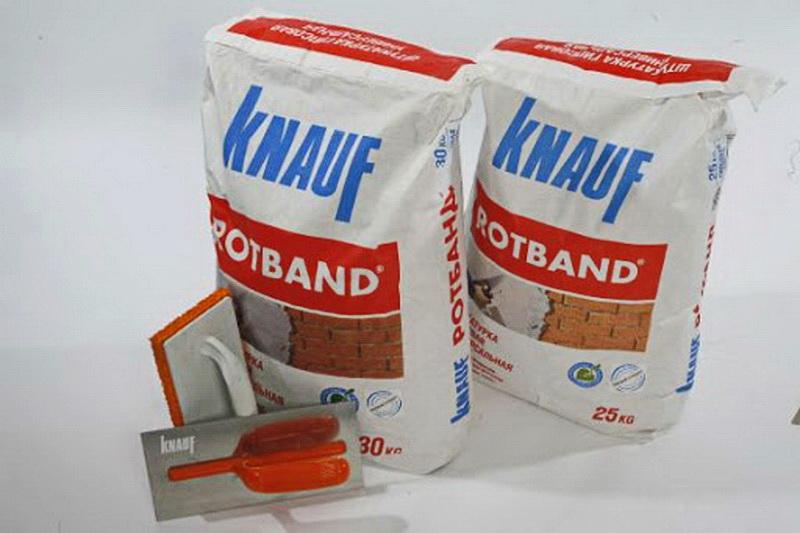
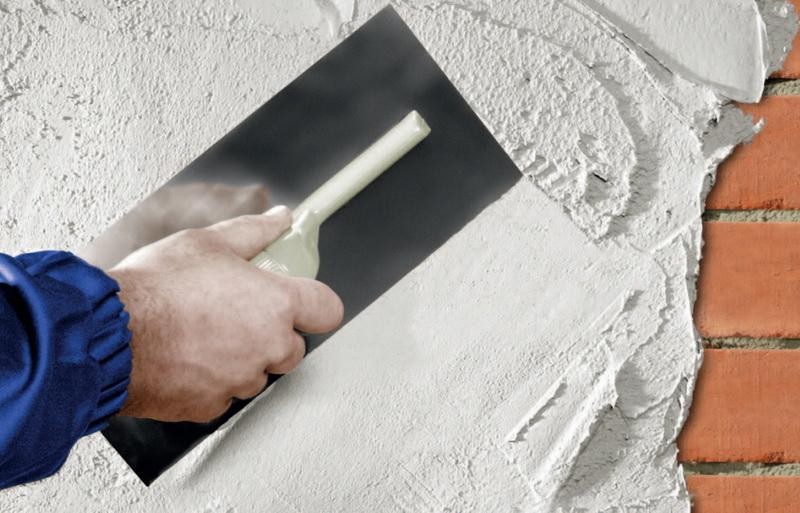
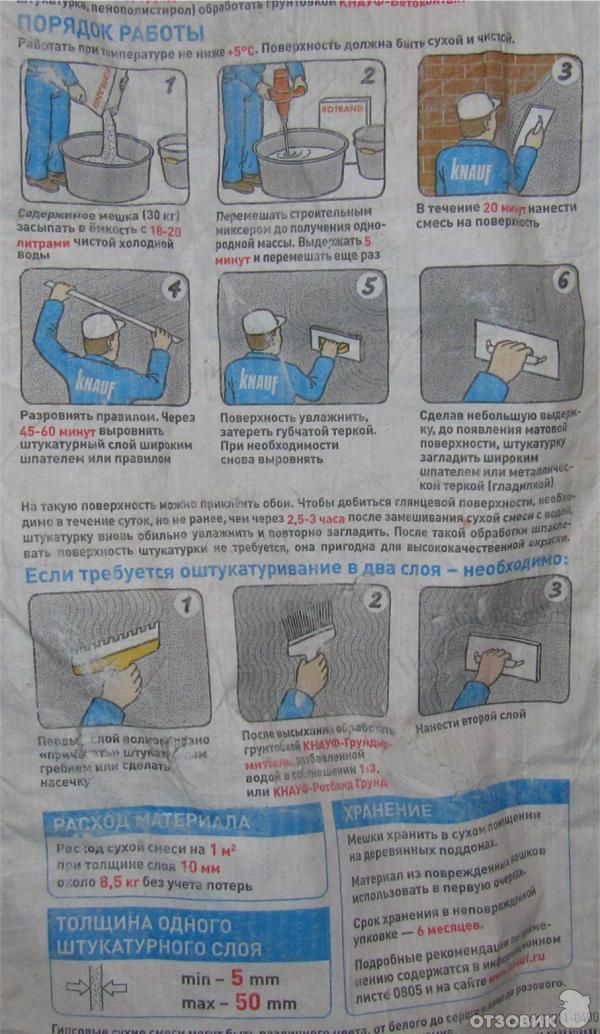





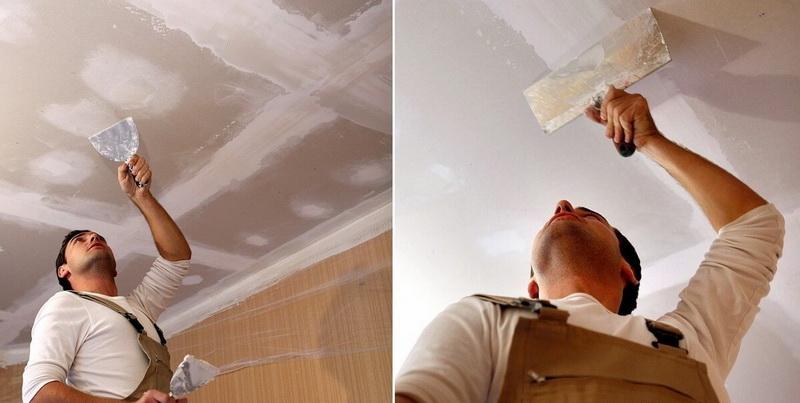
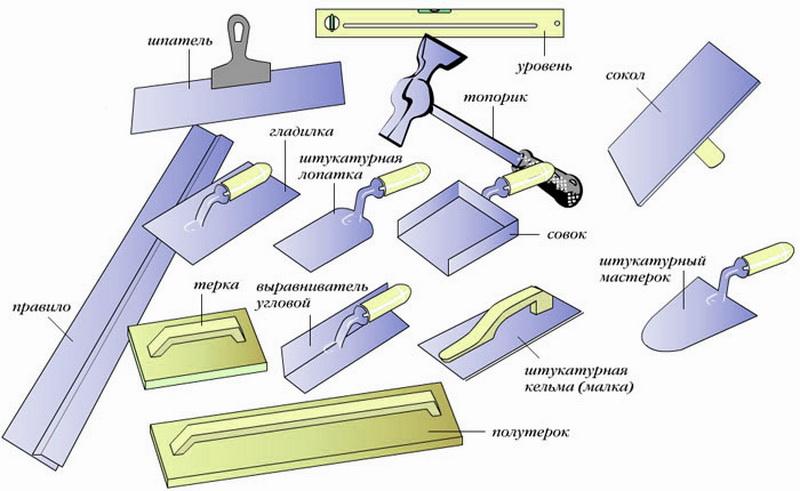
 (yet there are no estimates)
(yet there are no estimates)


 What plaster for walls to choose – the rating of plaster, cement and limy mixes
What plaster for walls to choose – the rating of plaster, cement and limy mixes
 Eunice Teplon's plaster of her characteristic and technology of drawing
Eunice Teplon's plaster of her characteristic and technology of drawing